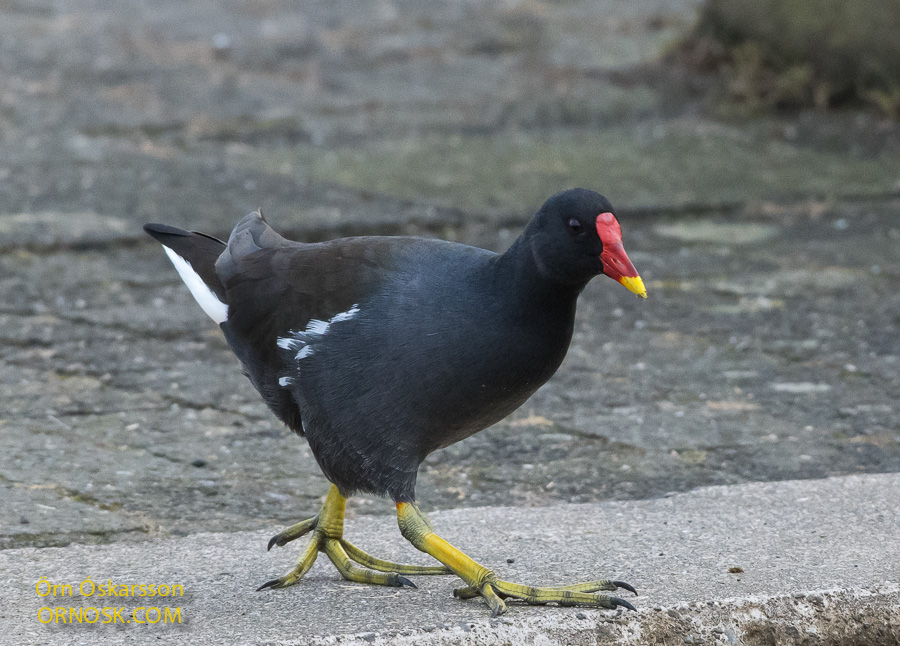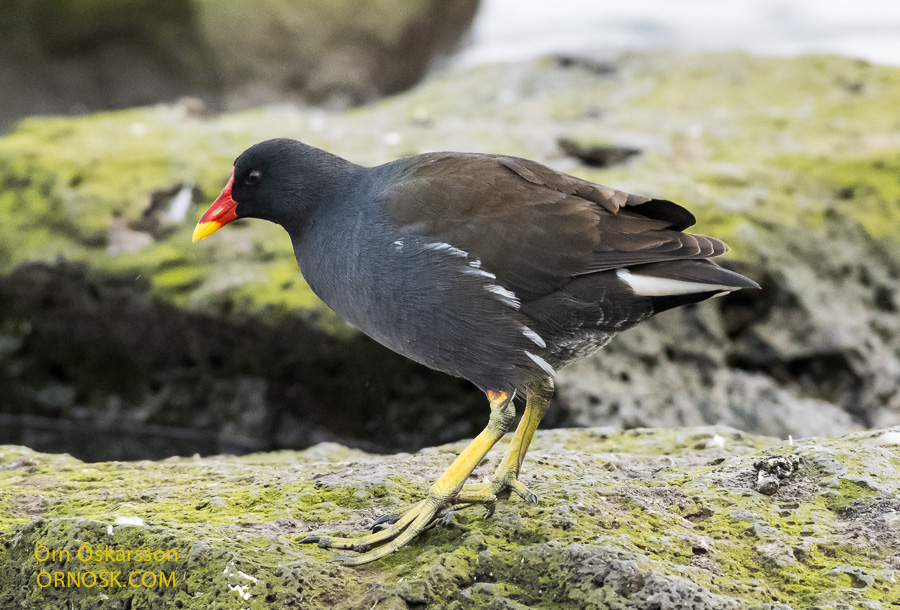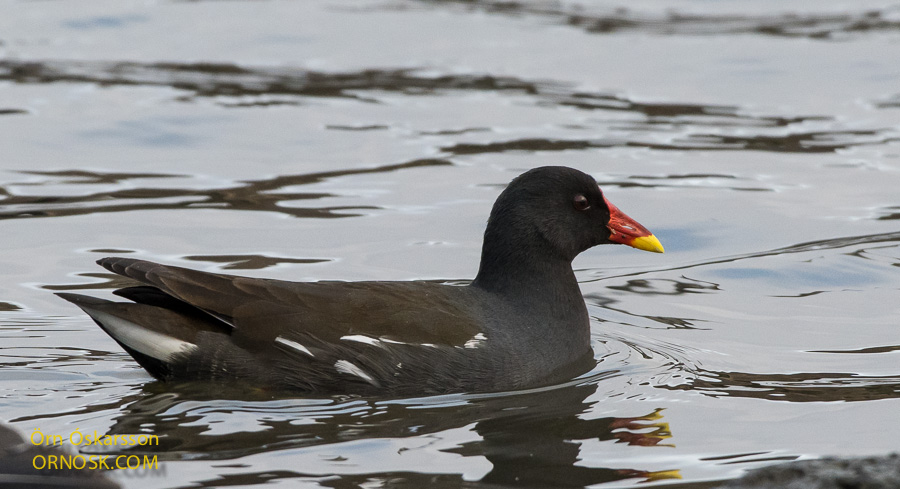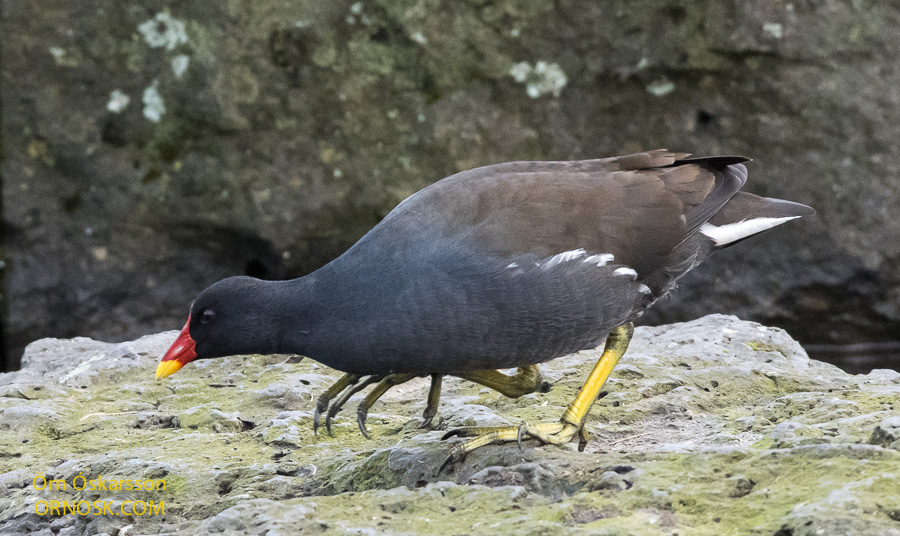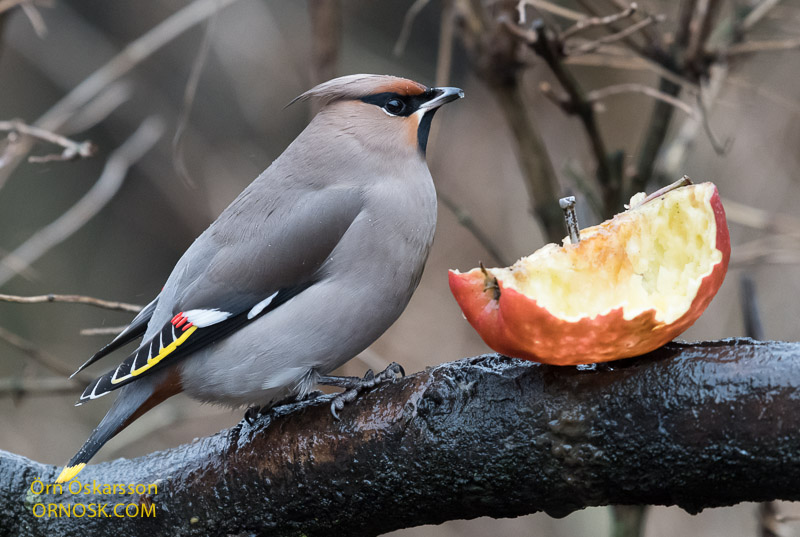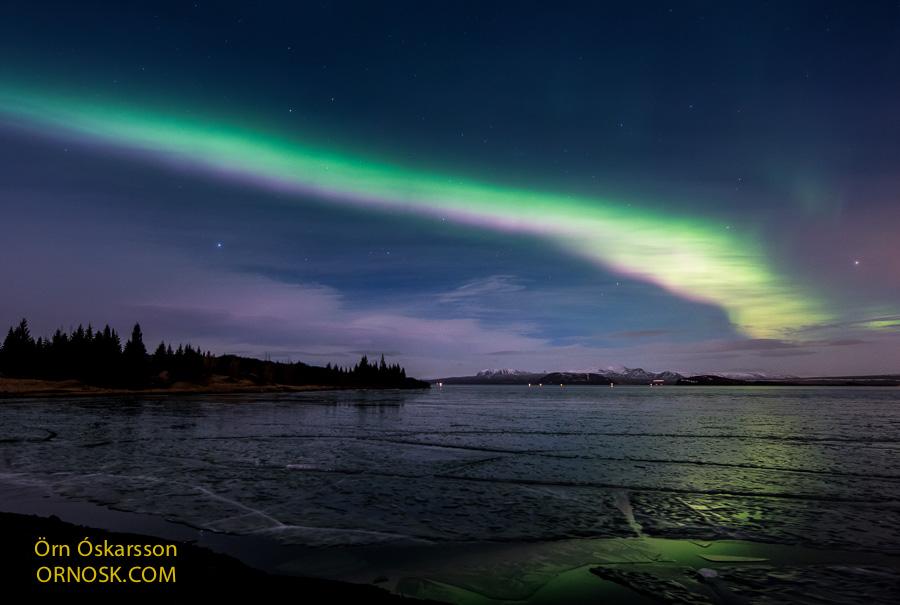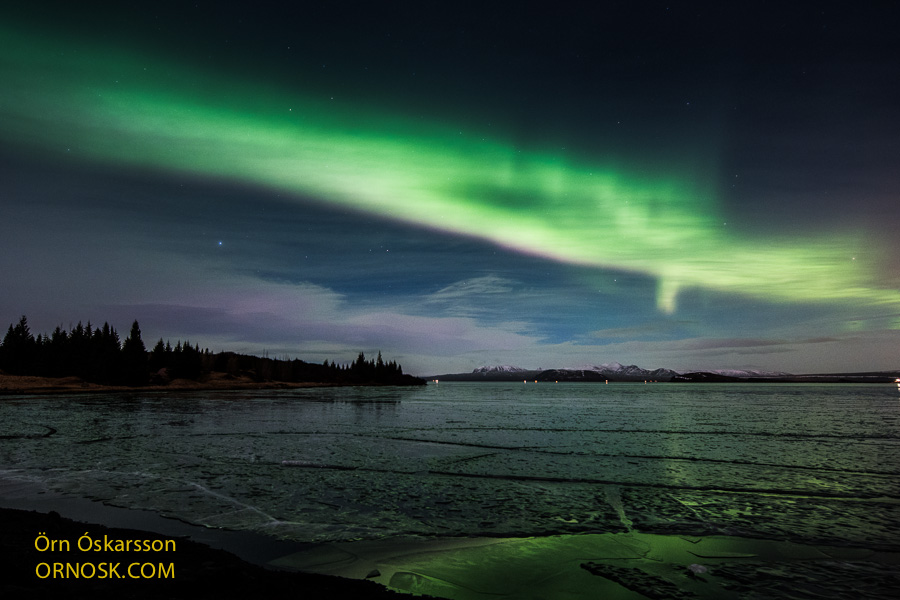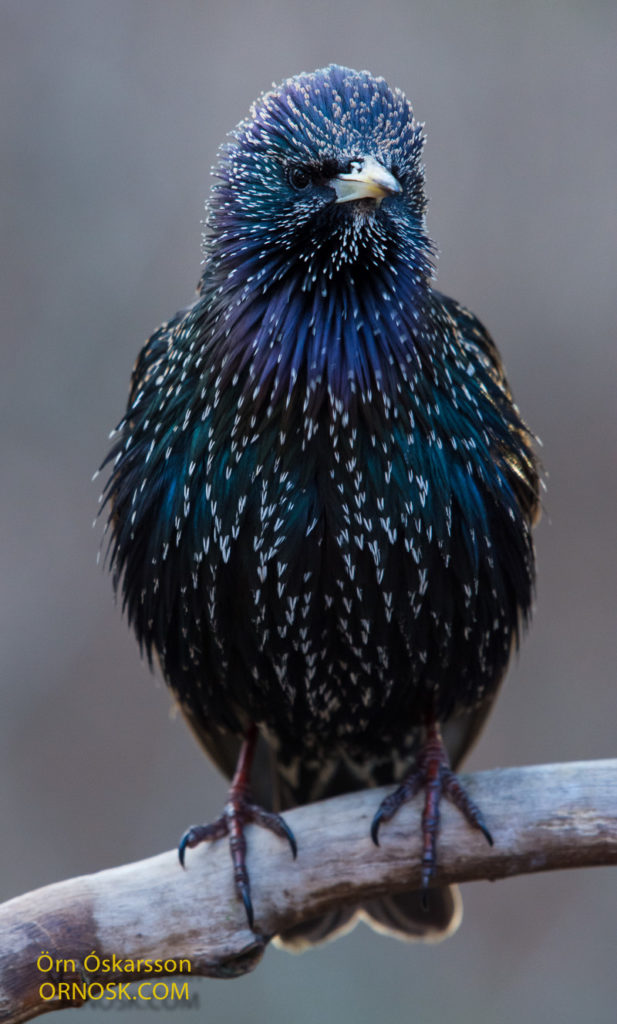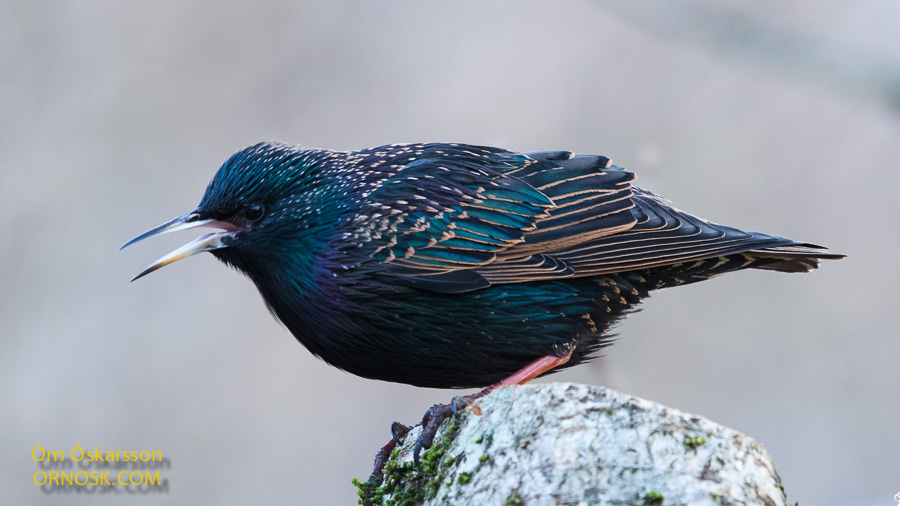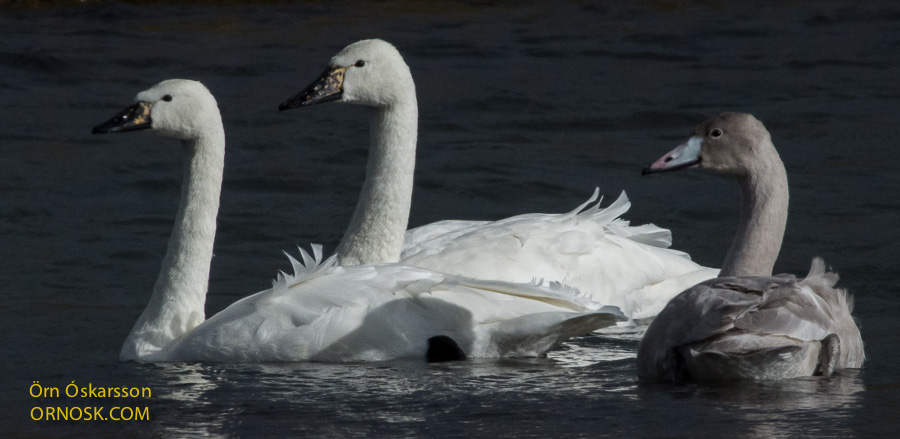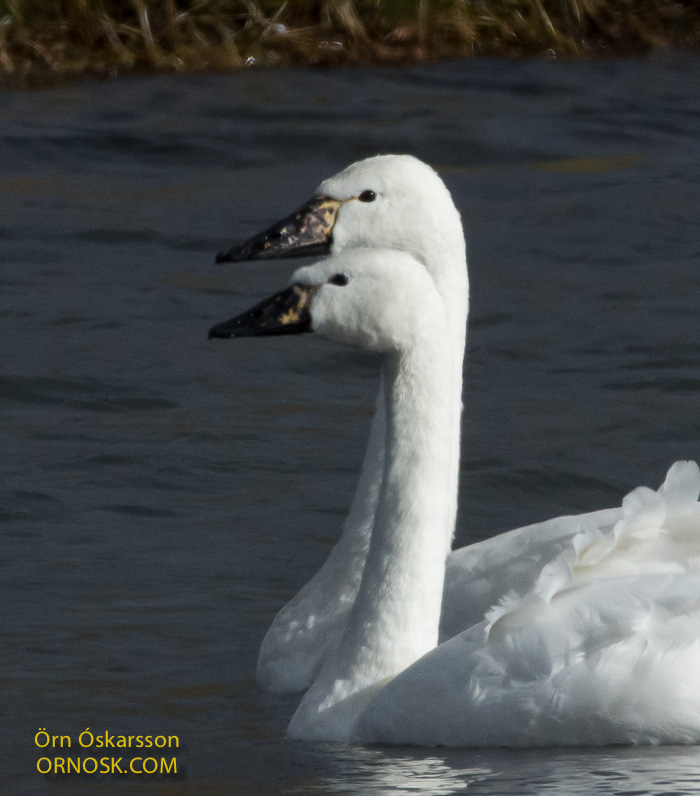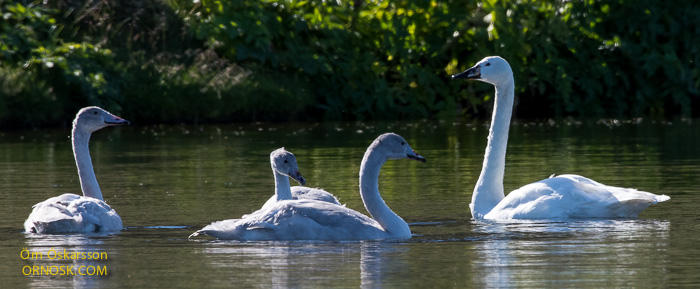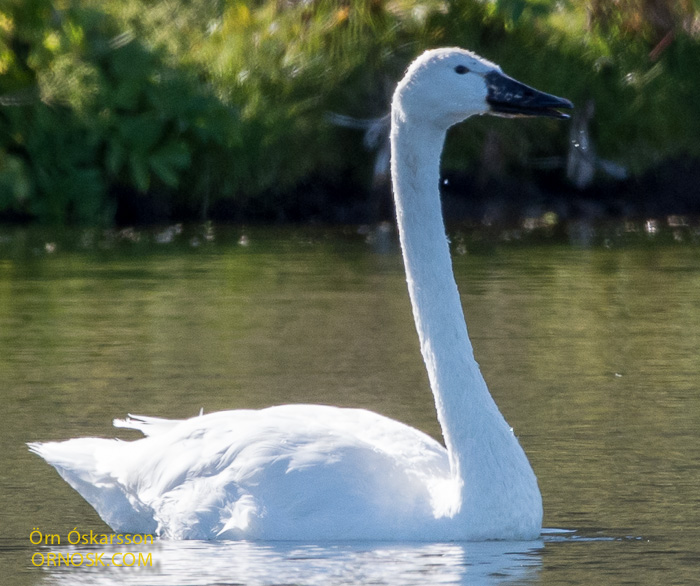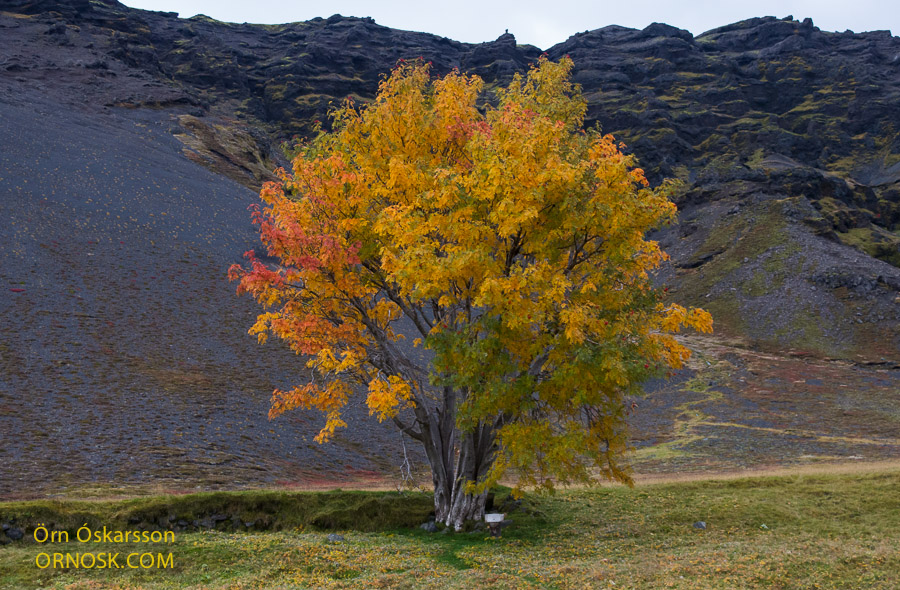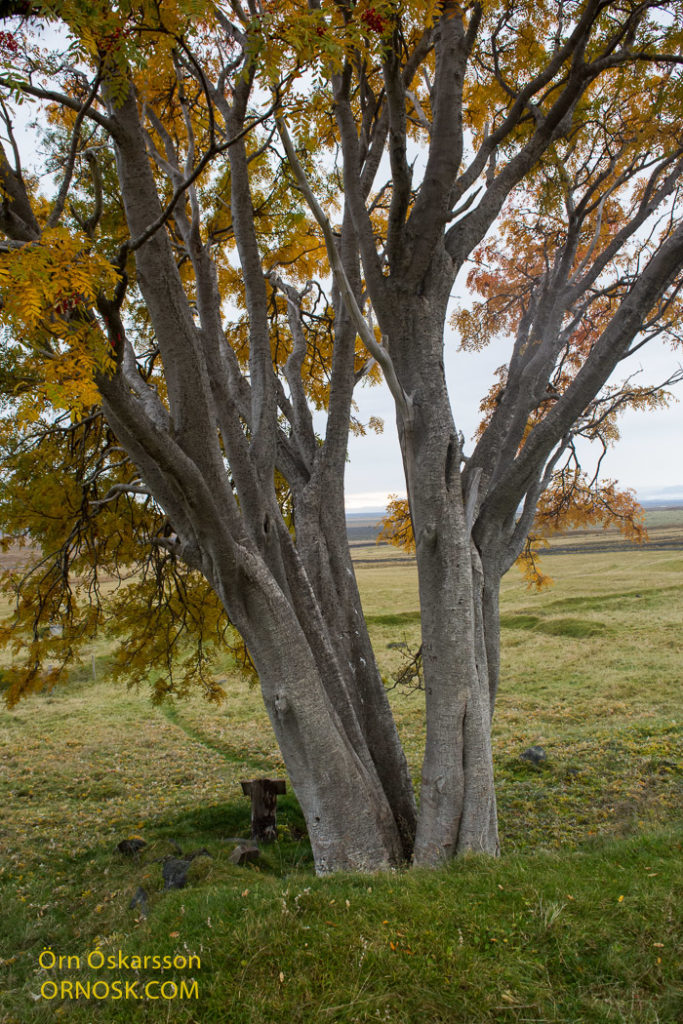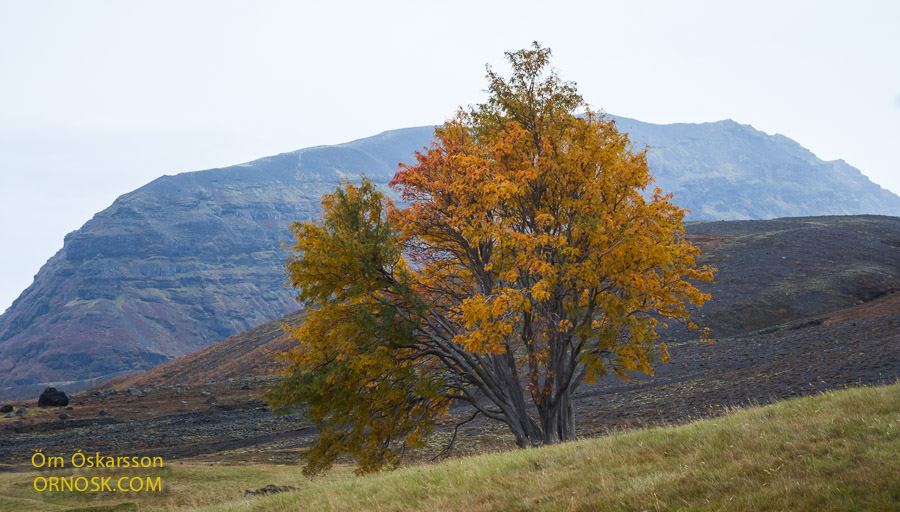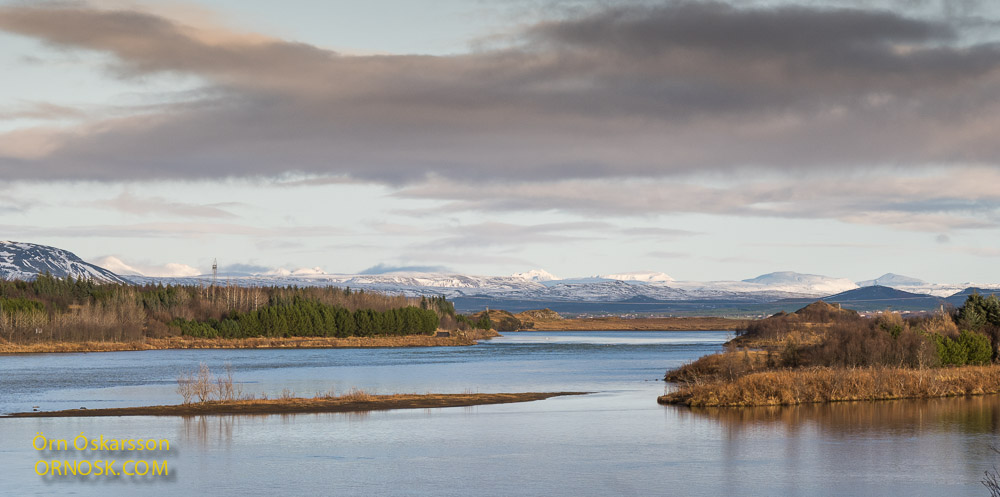
It is November already and Christmas around the corner. How time flies. Our web ORNOSK.COM has not been up to par the last year or so. However, better times are ahead. We have moved the hosting to Iceland and problems with SSL certificate and Facebook sharing have been resolved. The last two years have been very special for us, to say the least. Not only COVID restrictions but also some health issues. Yes, we have been seriously reminded that we are not growing any younger. – Our resolve is to continue blogging and emphasise the essential role birds have in our ecosystems.





